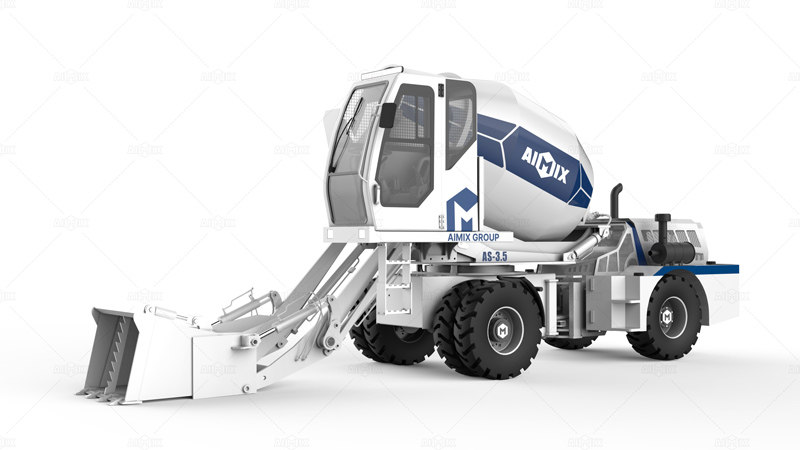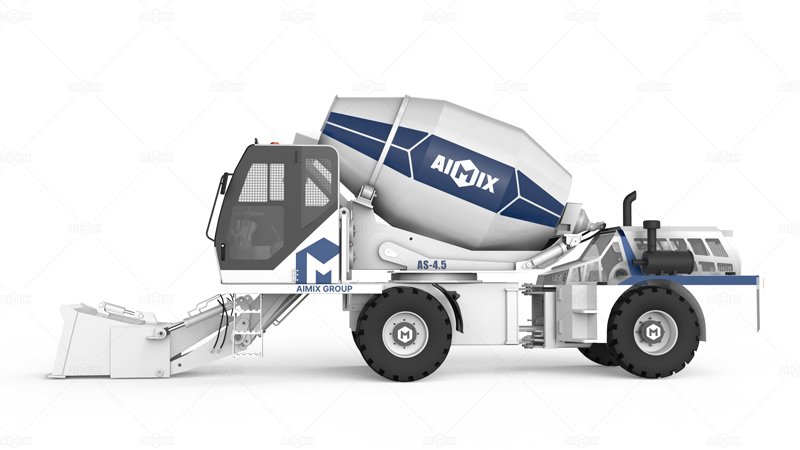
In recent years, Colombia’s construction industry has been expanding steadily due to infrastructure projects, urban housing demand, and rural development initiatives. At the heart of many of these projects is the self-loading concrete mixer Colombia, a machine that has transformed concrete production by integrating loading, mixing, transporting, and discharging into one compact unit. Contractors and investors who want to succeed in this growing market need to understand not only the pricing of these machines but also the state of supply chains that support them.
Self-loading concrete mixers have become a preferred solution in Colombia for small and medium-sized projects. Unlike stationary batching plants, these machines are mobile and can produce fresh concrete directly on-site. This is especially important in rural regions where logistics challenges can make it difficult to transport ready-mix concrete over long distances.
The Colombian construction industry values the versatility of self-loading mixers(autohormigonera colombia) because they reduce reliance on external suppliers, provide flexibility for different concrete formulas, ensure continuous operation even in remote locations, and lower overall labor costs. With government investment in highways, residential developments, and public infrastructure, the demand for reliable concrete production equipment continues to grow.

When evaluating investment options, pricing remains a key concern for contractors. However, prices vary based on machine capacity, technology, brand reputation, and the availability of after-sales service.
In Colombia, self-loading mixers are priced to reflect both the purchasing power of local contractors and the logistics costs of importing machines. Larger capacity models may cost significantly more, but they also provide higher productivity and better long-term value. Contractors often balance their budget with project size when selecting a unit.
To gain perspective, contractors often look at neighboring markets. The self-loading concrete mixer price Chile(autohormigonera precio chile) tends to be slightly higher due to differences in import duties and local supplier margins. Chile’s demand is driven by infrastructure projects requiring precision and durability. In Bolivia, contractors often seek affordable options, and the self-loading concrete mixer Bolivia market reflects a more cost-sensitive environment. Buyers prioritize machines with lower upfront costs, even if long-term maintenance may be higher.
Pricing alone does not determine the value of a self-loading concrete mixer. Supply chain reliability plays a critical role in the total cost of ownership.
Most self-loading mixers in Colombia are imported. The supply chain involves manufacturers, regional distributors, and local dealers. Logistics costs, port fees, and currency fluctuations all influence final pricing. Efficient distribution networks ensure machines are delivered quickly and spare parts remain available.
Wear parts such as mixing blades, hydraulic seals, and tires require regular replacement. Without reliable local suppliers, contractors risk costly delays. This makes the choice of supplier as important as the machine itself. Companies that establish service centers in Colombia have a clear advantage in winning long-term customers.
Even the best machines require proper training and technical support. Localized after-sales service ensures operators can quickly resolve issues, reducing downtime. Suppliers who offer training programs and on-site support add significant value beyond the initial purchase.
Several external factors impact the pricing and supply chain status of self-loading mixers in Colombia.
Exchange rate volatility affects import prices and can make budgeting for new equipment more complex. Contractors should monitor currency trends and consider clauses in purchase agreements that address significant fluctuations.
Public spending priorities shape demand. When government budgets favor highways, bridges, and urban renewal, demand for concrete and related equipment increases. Contractors who align procurement with project pipelines can secure better pricing and financing options.
Road conditions, customs procedures, and port congestion affect delivery times and costs. Remote or mountainous regions in Colombia may face higher logistics premiums, which should be factored into the total acquisition cost.

For businesses considering investment in self-loading mixers, several best practices can help maximize value.
Evaluating the self-loading concrete mixer price Chile and the more cost-sensitive self-loading concrete mixer Bolivia(hormigonera autocargante Bolivia) market provides context for negotiations and may reveal alternative suppliers or different feature sets that better fit project needs.
A slightly higher upfront price may be justified if local parts and service are readily available. Assess dealers’ track records for spare parts stock, average response time, and technician availability.
Factor in fuel efficiency, spare part availability, maintenance intervals, and resale value. Machines that are cheaper upfront may incur higher lifetime costs due to inefficiency or poor local support.
Well-trained operators extend machine lifespan and ensure concrete quality. Suppliers offering comprehensive training programs reduce misuse-related failures and improve on-site productivity.
The Colombian construction industry is poised for continued growth, and the self-loading concrete mixer Colombia market reflects this momentum. While pricing remains a critical factor, the true investment value comes from reliable supply chains, local service availability, and long-term cost savings. By comparing trends with neighboring markets such as the self-loading concrete mixer price Chile and the self-loading concrete mixer Bolivia sector, contractors in Colombia can make smarter purchasing decisions. Ultimately, investing in self-loading mixers is not just about acquiring a machine—it is about securing efficiency, reliability, and competitiveness in a rapidly evolving construction landscape.